What Are the Top Cities to Visit in Hebei, China?
When travelers think of China, their minds often jump to Beijing, Shanghai, or Xi’an. But nestled just around Beijing lies Hebei Province, a destination rich in culture, history, and natural beauty. Hebei surrounds the capital on three sides, making it a fascinating gateway into China’s northern traditions. From sections of the iconic Great Wall to ancient towns, hot springs, and sacred mountains, Hebei offers a more authentic look at Chinese heritage away from the heavily touristed centers.
In this guide, we’ll dive into the top cities to visit in Hebei, China, exploring what makes each destination unique and why they deserve a spot on your itinerary.
1. Shijiazhuang – The Modern Capital with Hidden History
Most visitors pass through Shijiazhuang, Hebei’s provincial capital, without a second thought. Known as an industrial hub, it doesn’t seem like an obvious travel destination. But beneath its modern skyline lies a fascinating mix of ancient temples, revolutionary sites, and mountain escapes.
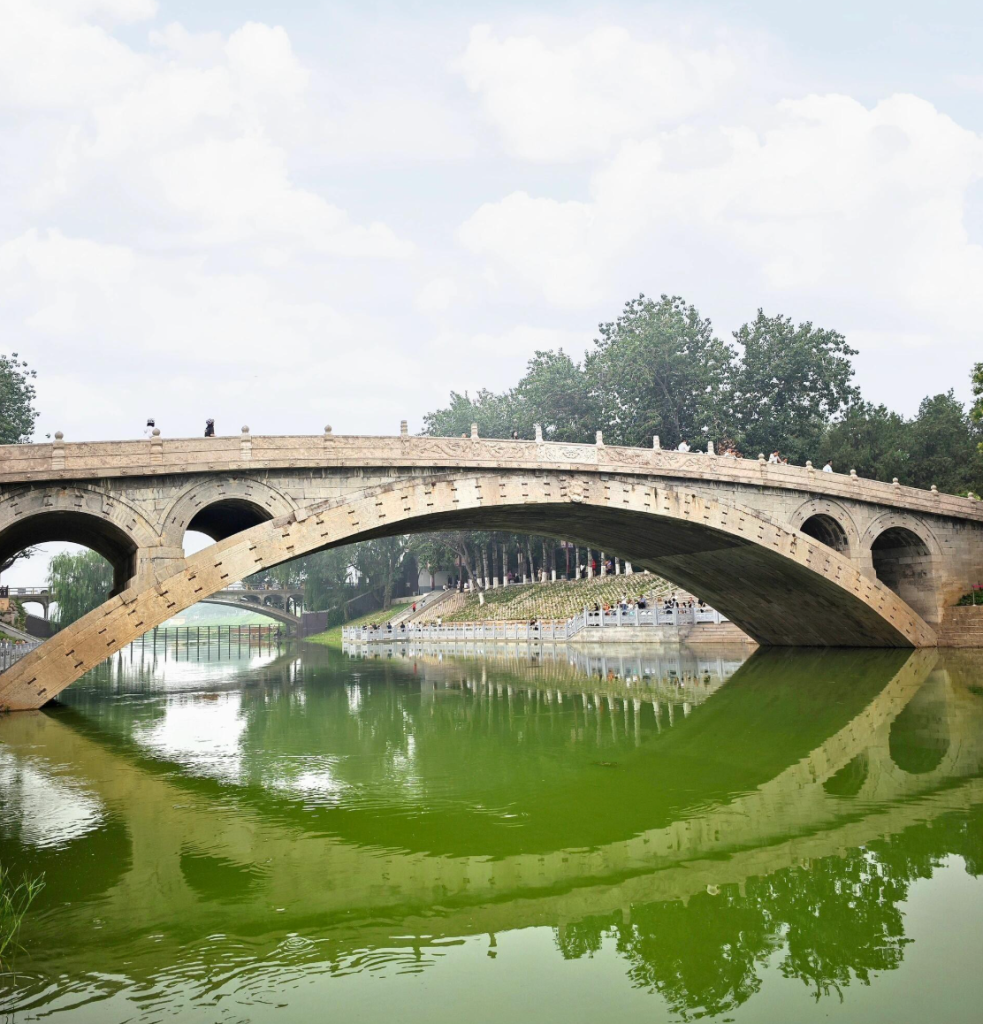
- Zhaozhou Bridge (Anji Bridge): Just outside the city, this stone bridge built during the Sui Dynasty (around 605 AD) is the oldest standing arch bridge in the world.
- Mount Cangyan (Cangyanshan): A breathtaking mountain temple complex where stone bridges span cliffsides, famously featured in the film Crouching Tiger, Hidden Dragon.
- Hebei Museum: A surprisingly impressive collection showcasing jade, Buddhist art, and relics from the Warring States period.
Shijiazhuang is also a good base for exploring traditional villages and nature parks, giving travelers a mix of culture and leisure.
2. Chengde – Imperial Mountain Retreat
If Shijiazhuang is about industry and resilience, Chengde is all about imperial leisure. Once the summer retreat of Qing emperors, this city remains one of the most scenic and historically significant spots in Hebei.
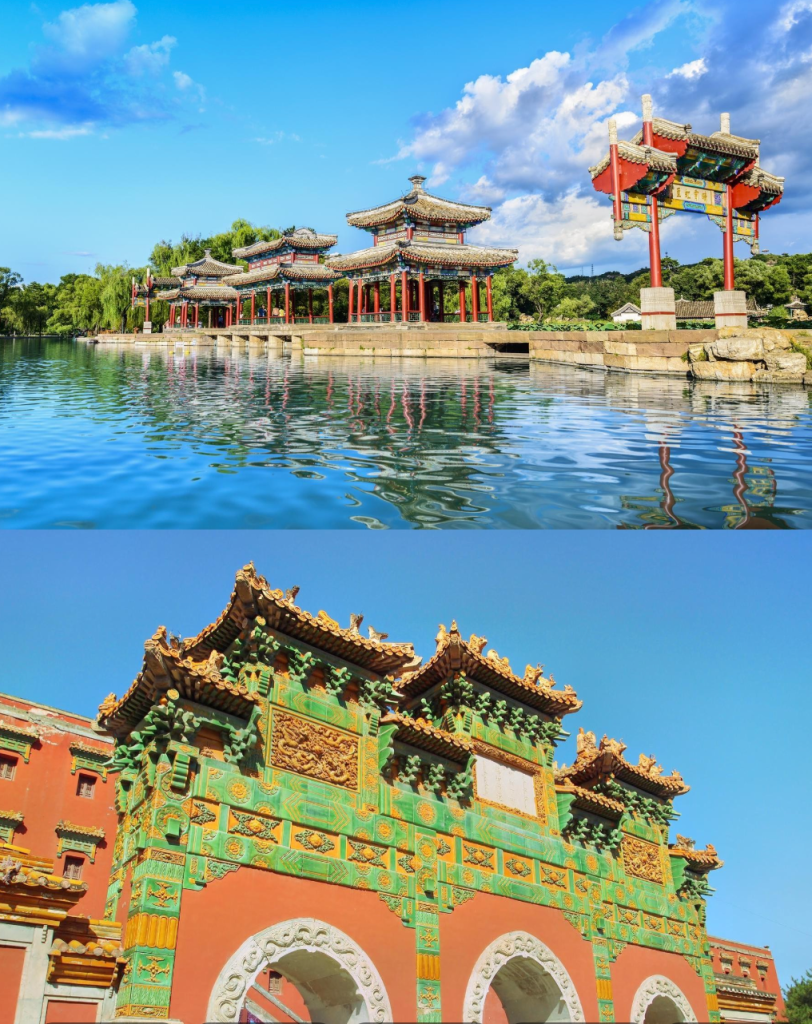
- Mountain Resort (Bishu Shanzhuang): A UNESCO World Heritage Site, this vast imperial palace and garden complex is larger than Beijing’s Forbidden City. Emperors spent summers here escaping the capital’s heat.
- Eight Outer Temples: Built in Tibetan, Han, and Mongolian styles, these temples show the empire’s cultural diversity. The Putuo Zongcheng Temple is a smaller replica of Tibet’s Potala Palace.
- Scenic Mountains: Chengde is surrounded by rolling hills and pine forests, perfect for hiking and photography.
Travelers often describe Chengde as a peaceful contrast to Beijing’s intensity, offering a taste of imperial grandeur in a serene natural setting.
3. Qinhuangdao – Where the Great Wall Meets the Sea
One of Hebei’s most famous coastal cities, Qinhuangdao is where history and seaside charm collide.
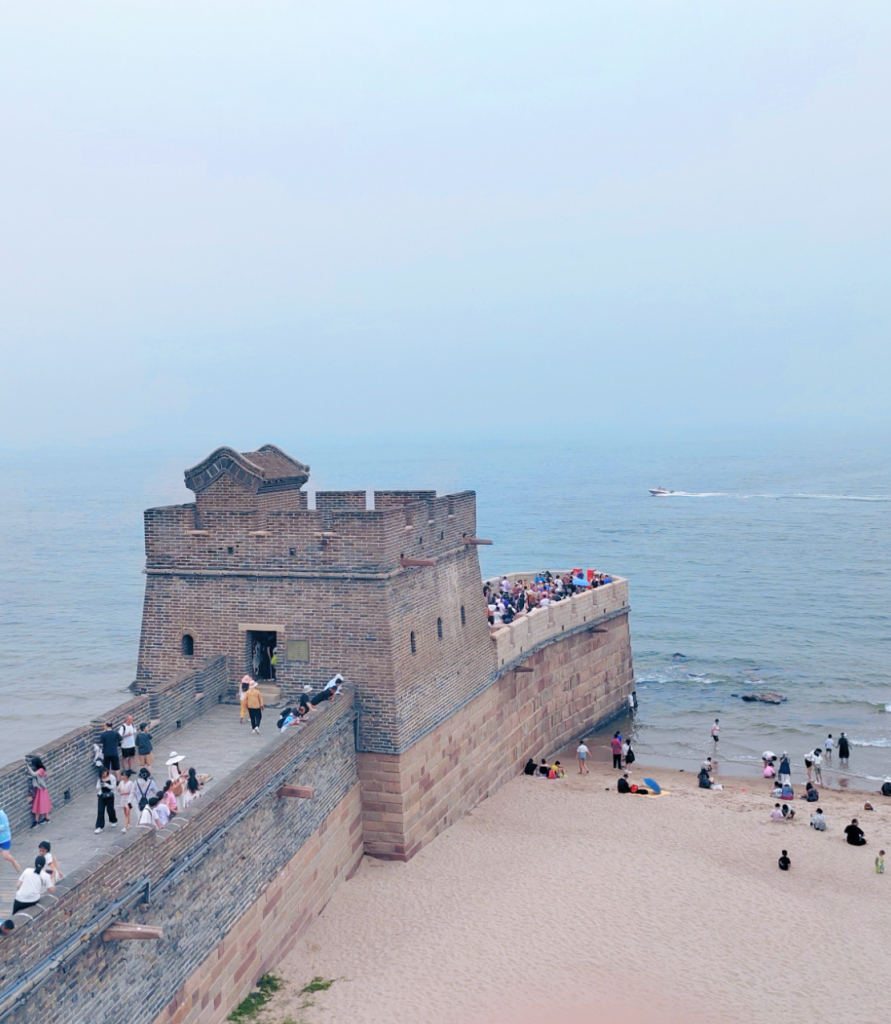
- Shanhaiguan (Shanhai Pass): Known as the “First Pass Under Heaven,” this is the eastern end of the Great Wall where it meets the Bohai Sea. It’s one of the most dramatic Great Wall sections.
- Laolongtou (Old Dragon Head): Here, the wall literally dips into the sea like a dragon drinking water. It’s an iconic photo spot.
- Beidaihe Beach: A favorite summer resort for both tourists and political leaders, offering sandy beaches and fresh seafood.
- Wildlife Parks: The Beidaihe area is also one of the best bird-watching sites in East Asia.
For travelers wanting both history and relaxation, Qinhuangdao is a top choice.
4. Baoding – Ancient Defense and Military History
Baoding was once a strategic military stronghold, and its historical importance can still be felt today.
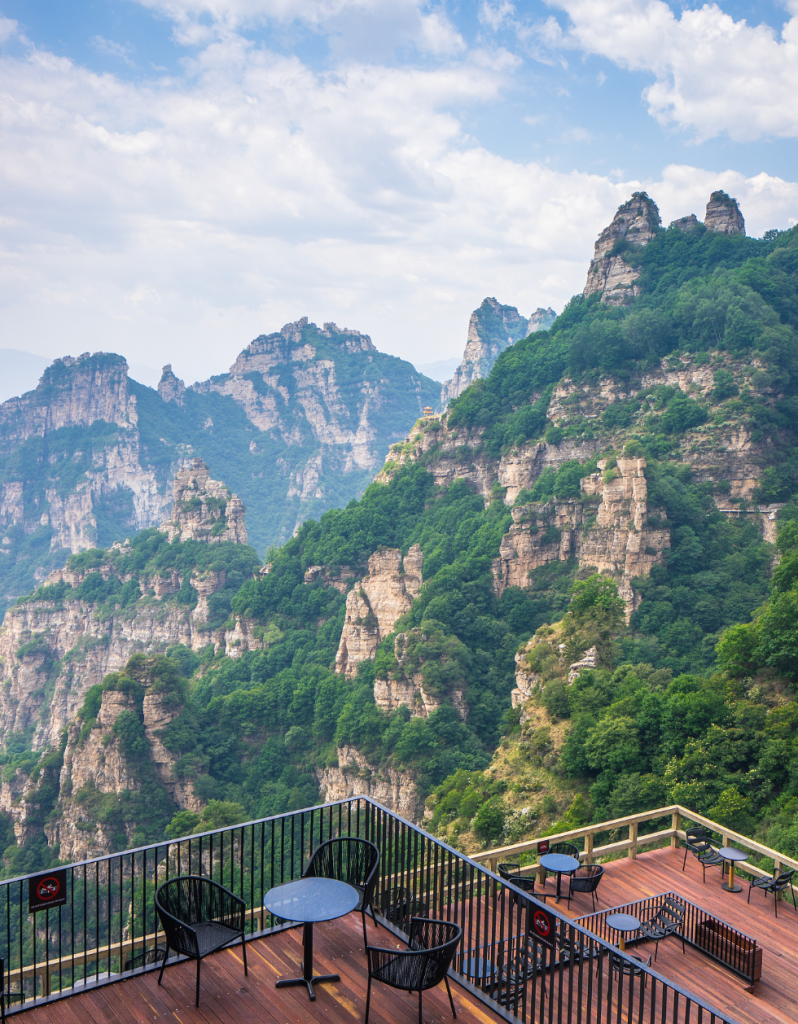
- Zhi Hua Garden and Ancient Lotus Pool: These scenic sites date back to the Ming Dynasty, where scholars and officials once gathered.
- Zhi Yuan Temple: A Buddhist temple with striking architecture.
- Military Academy Site: Baoding was home to one of China’s first modern military academies, a landmark in the country’s modern history.
- Xiong’an New Area: A modern development zone being built as China’s future economic hub, showing the city’s unique balance of past and future.
Baoding is often called the “Southern Gate of Beijing”, making it a convenient cultural stop for history enthusiasts.
5. Handan – City of the Warring States
Handan is often overlooked by international visitors, but in Chinese history, it’s legendary. As the capital of the Zhao State during the Warring States period (475–221 BC), Handan was once one of the most important cities in northern China.
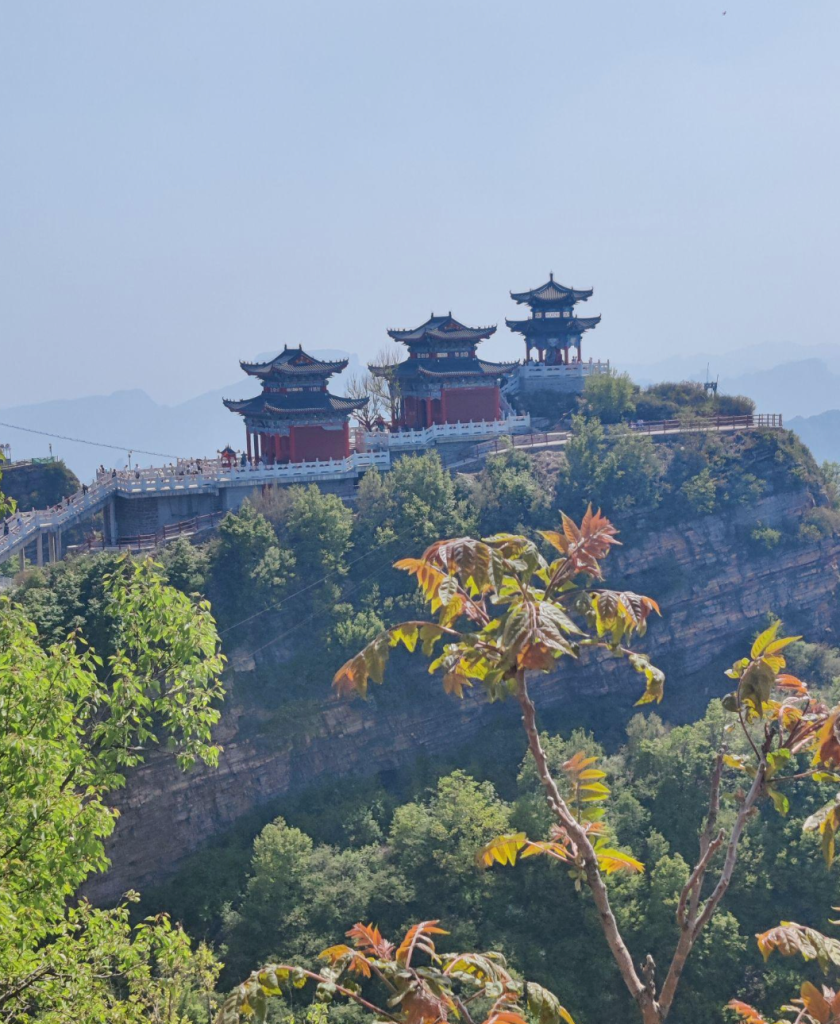
- Zhao King’s Mausoleum and Ruins: Sites where ancient leaders ruled and strategized.
- Congtai Terrace: A historic platform where rulers once watched performances.
- Guangfu Ancient City: A well-preserved old town with traditional architecture, temples, and city walls.
- Taihang Mountains: Offering dramatic cliffs, waterfalls, and hiking trails just outside the city.
Handan is the place to connect with China’s early dynastic history, making it a rewarding stop for culture lovers.
6. Zhangjiakou – The Gateway to the Great Wall and Winter Sports
Zhangjiakou has stepped onto the world stage recently as a co-host city of the 2022 Beijing Winter Olympics. But its significance goes back centuries.
- Great Wall Passes: Zhangjiakou was once a major military outpost protecting Beijing. Its wall sections and watchtowers are dramatic and less crowded than those near Beijing.
- Chongli Ski Resorts: Now one of China’s top skiing destinations, with modern resorts and Olympic-level facilities.
- Grasslands of Bashang: Rolling meadows where travelers can ride horses, camp, and enjoy a taste of nomadic culture.
Zhangjiakou is ideal for travelers who want outdoor adventures, whether in winter for skiing or summer for hiking and horseback riding.
7. Langfang – A Modern Stop Between Beijing and Tianjin
While not as historic as other cities, Langfang is known for its location between Beijing and Tianjin, making it a convenient travel stop.
- Nature Parks: Wetlands and ecological parks are a highlight here.
- Modern Development: The city has become a hub for conferences and exhibitions.
Although Langfang may not be a primary destination, it’s worth a visit for those passing through.
8. Tangshan – Rebirth After Disaster
Tangshan is best known for the devastating earthquake of 1976, which nearly leveled the city. Today, Tangshan stands as a symbol of resilience and recovery.
- Tangshan Earthquake Memorial: A sobering yet moving reminder of the disaster and the city’s rebirth.
- Kailuan Coal Mine Museum: Showcasing China’s industrial history.
- Eastern Qing Tombs: One of the most important imperial mausoleum complexes in China, where many Qing emperors and empresses are buried.
Tangshan offers a mix of modern life, remembrance, and cultural heritage.
Practical Travel Tips for Hebei
- Best Time to Visit: Spring (April–June) and autumn (September–October) for comfortable weather and scenic landscapes. Winters can be harsh, especially in Zhangjiakou.
- Getting Around: High-speed trains connect Beijing with most Hebei cities in under two hours. Buses and local taxis are also widely available.
- Food to Try: Don’t miss Hebei’s local noodles, donkey burgers (lǘ ròu huǒ shāo), and seafood along the coast.
- Language: Mandarin is spoken everywhere, but English is less common than in Beijing. A translation app will be useful.
Conclusion
Hebei Province is far more than just Beijing’s neighbor. Each city in Hebei tells a unique story — from imperial summer retreats in Chengde, to coastal wonders in Qinhuangdao, to skiing slopes in Zhangjiakou. Whether you’re a history buff, nature lover, or cultural explorer, Hebei offers experiences that are authentic, diverse, and unforgettable.
For anyone planning a trip to northern China, these top cities in Hebei are well worth adding to your itinerary.
| City | Highlights | Why Visit? |
|---|---|---|
| Shijiazhuang | Zhaozhou Bridge, Mount Cangyan, Hebei Museum | Capital city with hidden cultural gems |
| Chengde | Mountain Resort, Outer Temples, UNESCO heritage | Imperial retreat with stunning scenery |
| Qinhuangdao | Shanhaiguan Pass, Laolongtou, Beidaihe Beach | Where Great Wall meets the sea |
| Baoding | Ancient Lotus Pool, Military Academy, Xiong’an New Area | History and China’s future hub |
| Handan | Warring States ruins, Congtai Terrace, Guangfu Ancient City | Deep dive into early Chinese history |
| Zhangjiakou | Great Wall passes, Chongli Ski Resorts, Bashang Grasslands | Winter sports and outdoor adventures |
| Langfang | Wetlands, modern development | Convenient stop between Beijing & Tianjin |
| Tangshan | Earthquake Memorial, Eastern Qing Tombs, Kailuan Coal Mine Museum | Symbol of resilience and rich culture |
